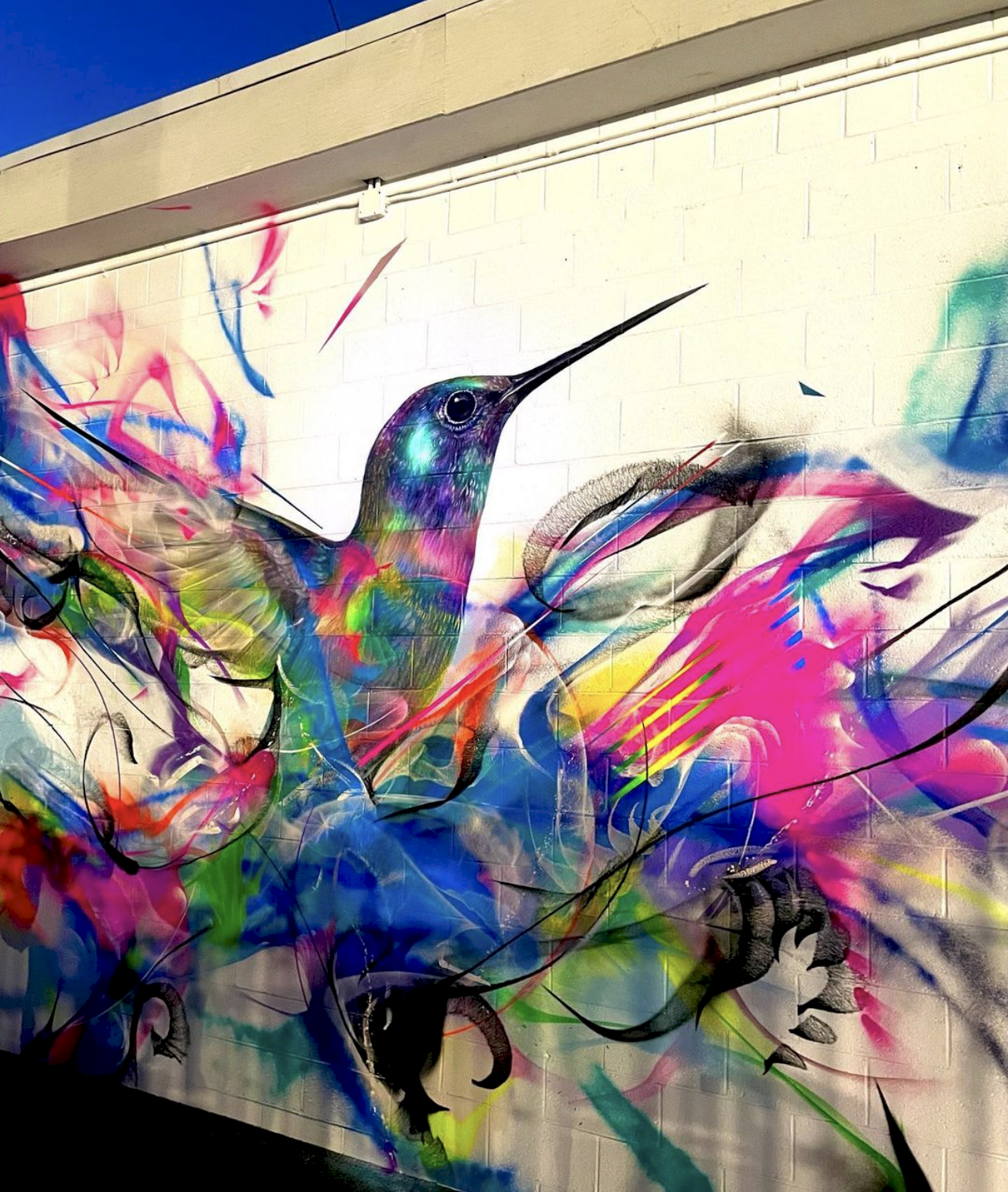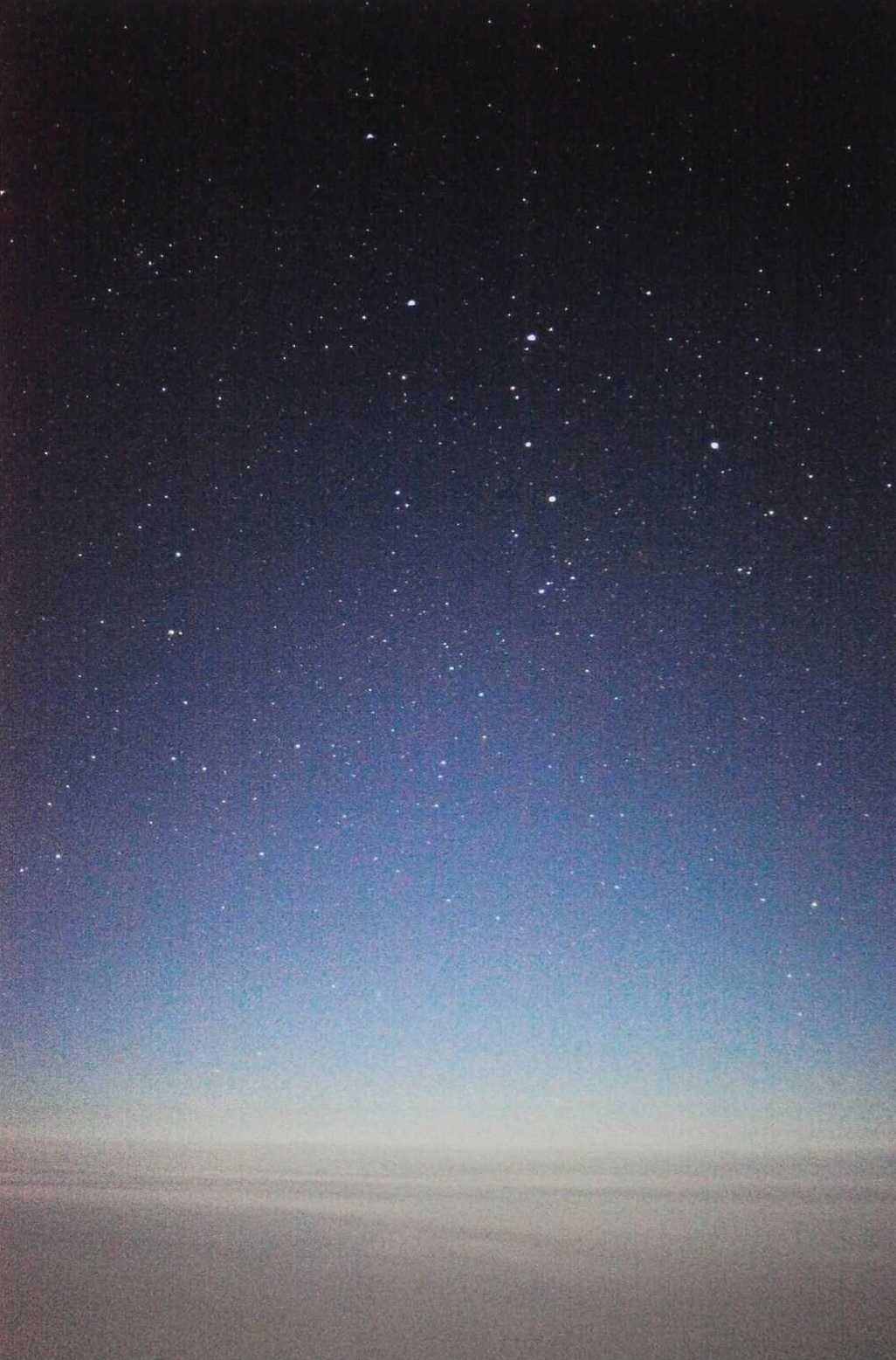Rebecca Horn’s art is rooted in her own experience: "I use my body, I use what happens to me, and I make something." Originally from Germany, Horn leads a nomadic existence, often living in places where she’s asked to create her work, which spans drawing, sculpture, painting, installation and films. A defining experience in her life was the year she spent in a sanatorium in 1964 having contracted a lung condition from using fiberglass to make sculptures at art school. During this time her parents passed away, she was totally isolated, and that’s when she began producing her first body-sculptures, which she sewed while lying in bed.
Such works as Finger Gloves (1972), Pencil Mask (1972), Black Cockfeathers (1971) resulted from this experience, and the unforgettable Unicorn (1970) where Horn made a simple bandage-like costume for a fellow student with a unicorn horn atop her head. Naked except for the costume, the woman walked through a field as Horn filmed her. The strange beauty, grace, playfulness and daring of this work carries forth into the art made throughout Horn’s career.
What is fascinating is that Horn is also a poet and writer. She makes artist books featuring text, drawings and her artwork. Born at the end of World War II, language was always complicated, and she comments on this saying: "We could not speak German. Germans were hated. We had to learn French and English. We were always travelling somewhere else, speaking something else. But I had a Romanian governess who taught me how to draw. I did not have to draw in German or French or English. I could just draw." Apart from drawing, poetry seems to be a form of expression Horn gravitates to, creating a synergy with her art, another “extension” like the soft-sculptures, where she can reach beyond her own experience to a wider audience, to the world outside of her self.
One such book La Lune Rebelle (1993), recounts her time in the sanatorium and the strange encounter with a man in Barcelona that was not simply desire or sexual, but a way to reach out, reanimate herself, to feel alive. It became the springboard for my own art story inspired by her installation El Rio De La Luna (The River of the Moon). The art story explores ideas of intimacy, storytelling, desire, love and bodily sensation, how we experience the world and self through our bodies, emotions and connections. How we transfigure and grow. In this story I wrote a Scheherazade-like tale of lovers coming to an understanding of each other through a journey involving their bodies, language and feelings that is a transformative, perilous and revelatory experience.
Horn’s mechanical sculptures and installations such as Metamorphosis (1986), The Hydra Forest, Performing Oscar Wilde (1988), The Kiss of the Rhinoceros (1989) and Missing Full Moon (installation in Bath, 1989) similarly feature these elements of transformation and animation, of the potential for regeneration, to break down, alchemize, fuse, collapse, expand, cause chaos, harm or protect, touch, or spark with electricity. They are human-scaled, relatable, humorous, confronting and surprising. They also evolve Horn’s deeper concerns of “being-in-the-world”, where our journeys are not merely physical but spiritual, and Horn’s art engages these liminal points where states of being intersect. This cosmic, spiritual dimension is explored further in her artist book Cosmic Maps (2008), featuring Horn’s paintings and poems. One poem The Universe in a Pearl, speaks of origins and creation that has the quality of myth:
I
The Universe gathered in a Pearl
In primeval blue—hovering.
Crashing through veils into the deep
reflection of the orb of heaven
in water of sapphire.
II
Fire ignites the suns
in the body of the beloved.
The light under her feet
Reaches out far beyond the sphere of heaven
Horn believes in the mysteriousness of life, of cosmic, creative energies that shape experience, and she seeks connection with this: "Every day," she says, "for an hour in the mornings, I breathe, I open my spine, I put up my light. A swami taught me." A poem she wrote in her book, Tailleur du Coeur (1996) gives expression to this process:
Reverse the law of gravity
The spiraling movement drawing energy upwards,
Leaving the body,
Rising into the vast expanse of light.
And with this expansive, dimensional perspective comes a sense of purpose, of giving to the world her extraordinary life-experiences through her art.
(Note: Title of post comes from Rebecca Horn’s La Lune Rebelle: “Whilst dreaming, the Keaton-face reappeared and she realized that he would be the catalyst for her escape into the freedom of her own story.” p.8.)

















